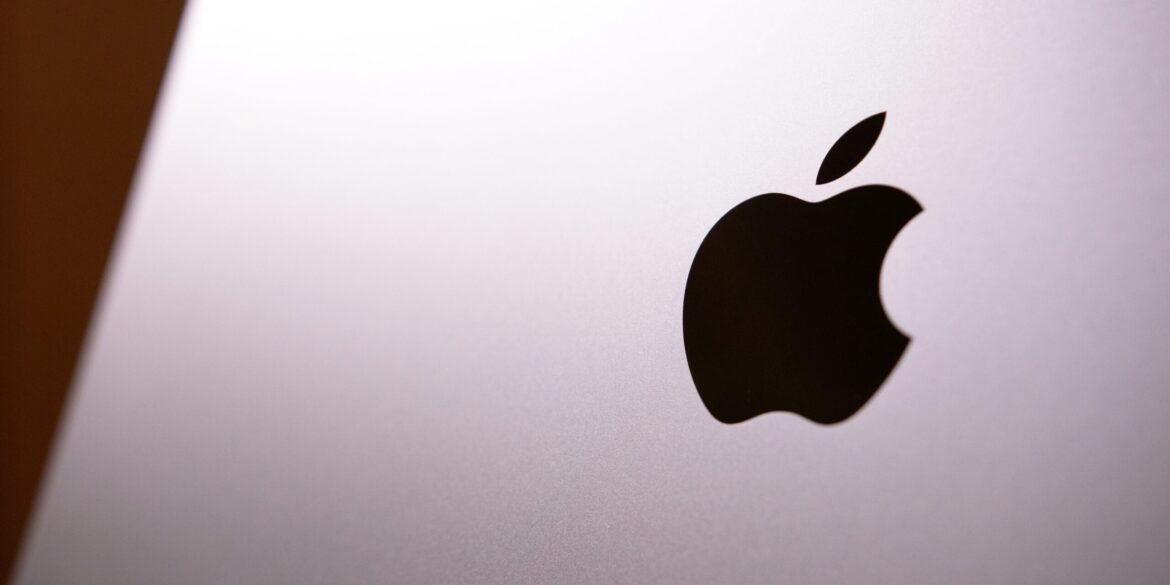Apple has rolled out the public beta of iOS 26 as of July 26, 2025, offering a first public glimpse at what the next major iPhone update will bring. This follows developer betas released earlier in the summer and paves the way for the full release expected around mid‑September, likely alongside the iPhone 17 launch.
This year’s release marks one of the most sweeping visual transformations in over a decade. iOS 26 introduces Apple’s new Liquid Glass interface, which replaces flat design aesthetics with translucent, glass-like elements across the system—from widgets and menus to notifications and app interfaces. While Apple has adjusted the transparency to improve legibility in later beta builds, some users still report visibility concerns under certain conditions.
The update embeds Apple Intelligence more deeply into the iOS experience. New features include real-time translation for phone, FaceTime, and Messages (supporting English, French, German, Portuguese, Spanish, and other text languages), Call Screening tools prompting unknown callers to state their purpose, and Hold Assist detecting when hold music ends so users can resume speaking. Screenshots now open full-screen previews with options to ask ChatGPT or search using Google, while Visual Intelligence enables actionable insights based on image content.
Read also: https://todayus.com/apple-unveils-breakthrough-ai-features-in-ios-17-update/
The Camera app has also been redesigned for better usability. Simpler dual-button navigation, labeled controls, external mic support, lens-cleaning prompts, and spatial modes are aimed at easing use for content creators and general users alike. Other app upgrades include a tab-based Photos interface, customizable Home and Lock Screens with widgets and 3D wallpaper effects, and a new Games app serving as a hub for Apple Arcade and App Store titles.
Reviews from early public beta users note excitement around the Liquid Glass design and lock-screen customization but caution that some Messages updates—like AI-generated backgrounds and unsolicited poll prompts—feel intrusive and may affect readability. Stability remains a concern, though Apple has introduced a dedicated Feedback app to collect tester input as it refines the software through its fourth beta build.
iOS 26 supports devices from iPhone 11 onward, including the iPhone 12, 13, 14, and 15 series, as well as iPhone SE models from 2020 onward. For full Apple Intelligence features—such as Visual Intelligence and spatial effects—an A17 Pro chip or newer (iPhone 15 Pro, Pro Max, or iPhone 16) is required.
Users interested in testing the beta must join Apple’s Beta Software Program or Developer Program. Apple recommends backing up devices before installing and cautions that beta software may include bugs, battery drain, or performance quirks—consistent with typical early-access experiences.
This public beta offers early access to Apple’s most ambitious iPhone update in years—combining a radical new visual identity, deeper AI integrations, smarter communication tools, and usability refinements across core apps. Expect gradual adjustments as feedback shapes the final version ahead of its anticipated fall release in September.


